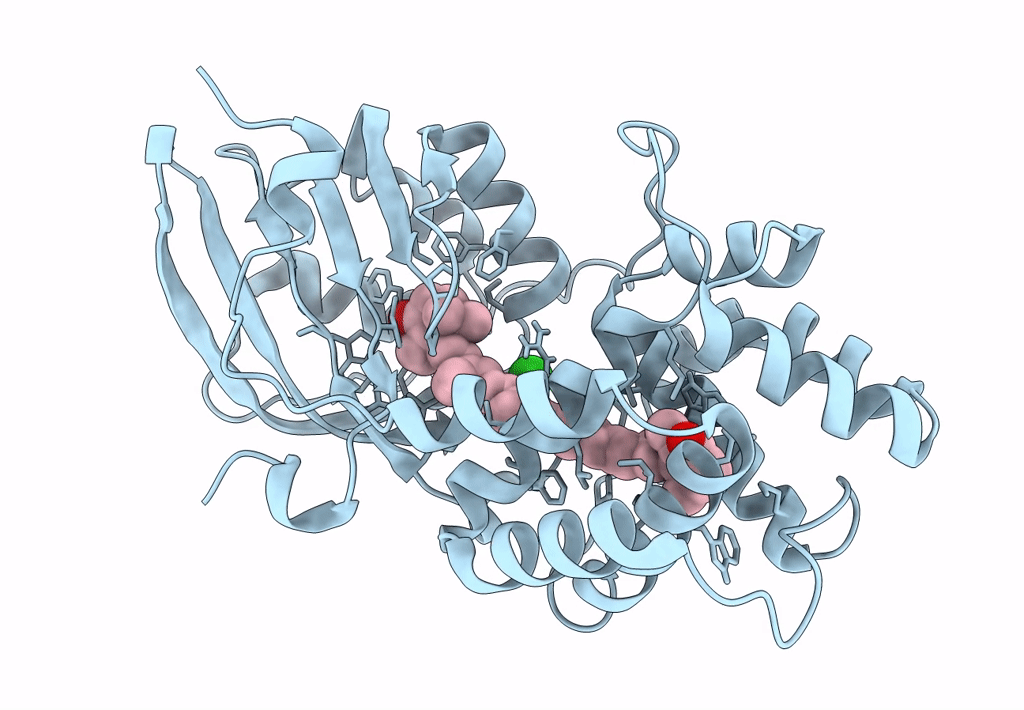
Deposition Date
2022-05-23
Release Date
2023-02-01
Last Version Date
2024-11-20
Entry Detail
Biological Source:
Source Organism:
Synechocystis sp. PCC 6803 (Taxon ID: 1148)
Host Organism:
Method Details:
Experimental Method:
Resolution:
1.80 Å
R-Value Free:
0.22
R-Value Work:
0.17
R-Value Observed:
0.17
Space Group:
P 32 2 1


